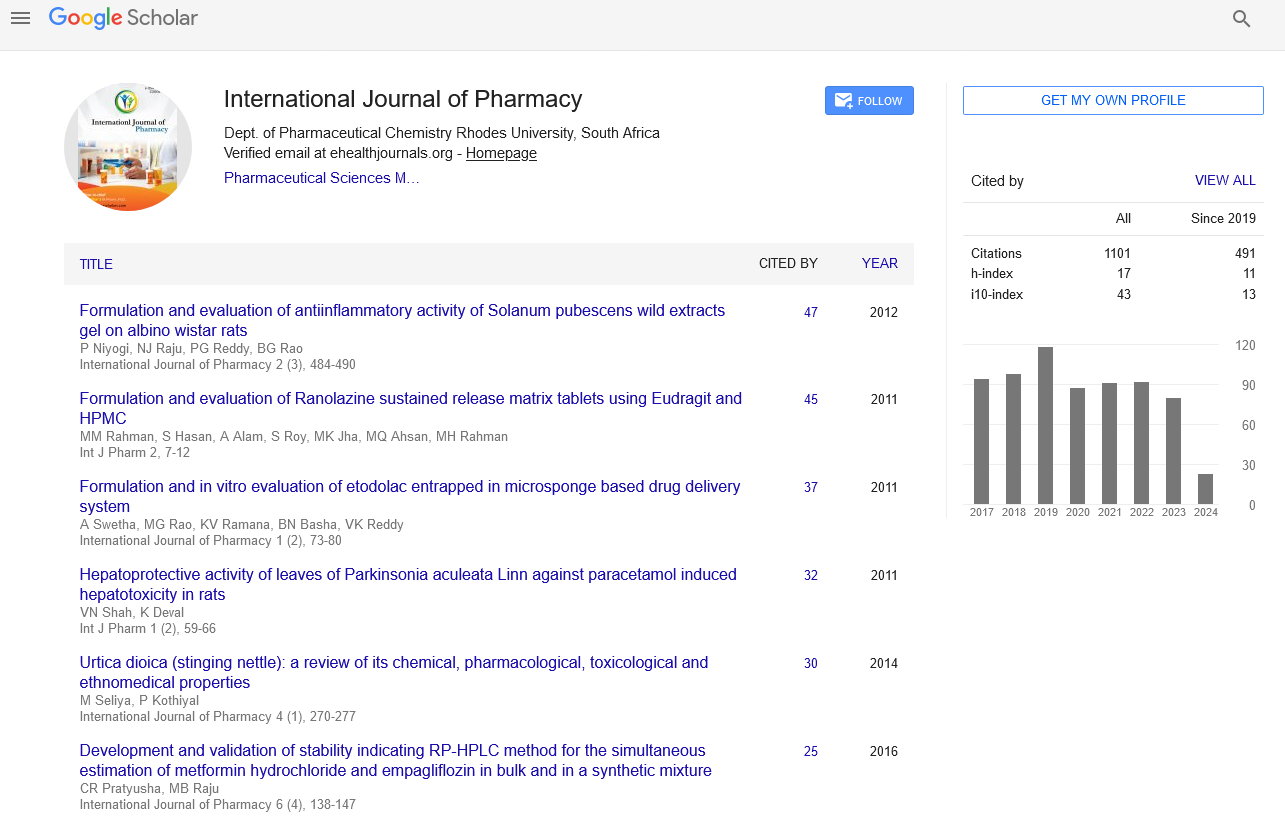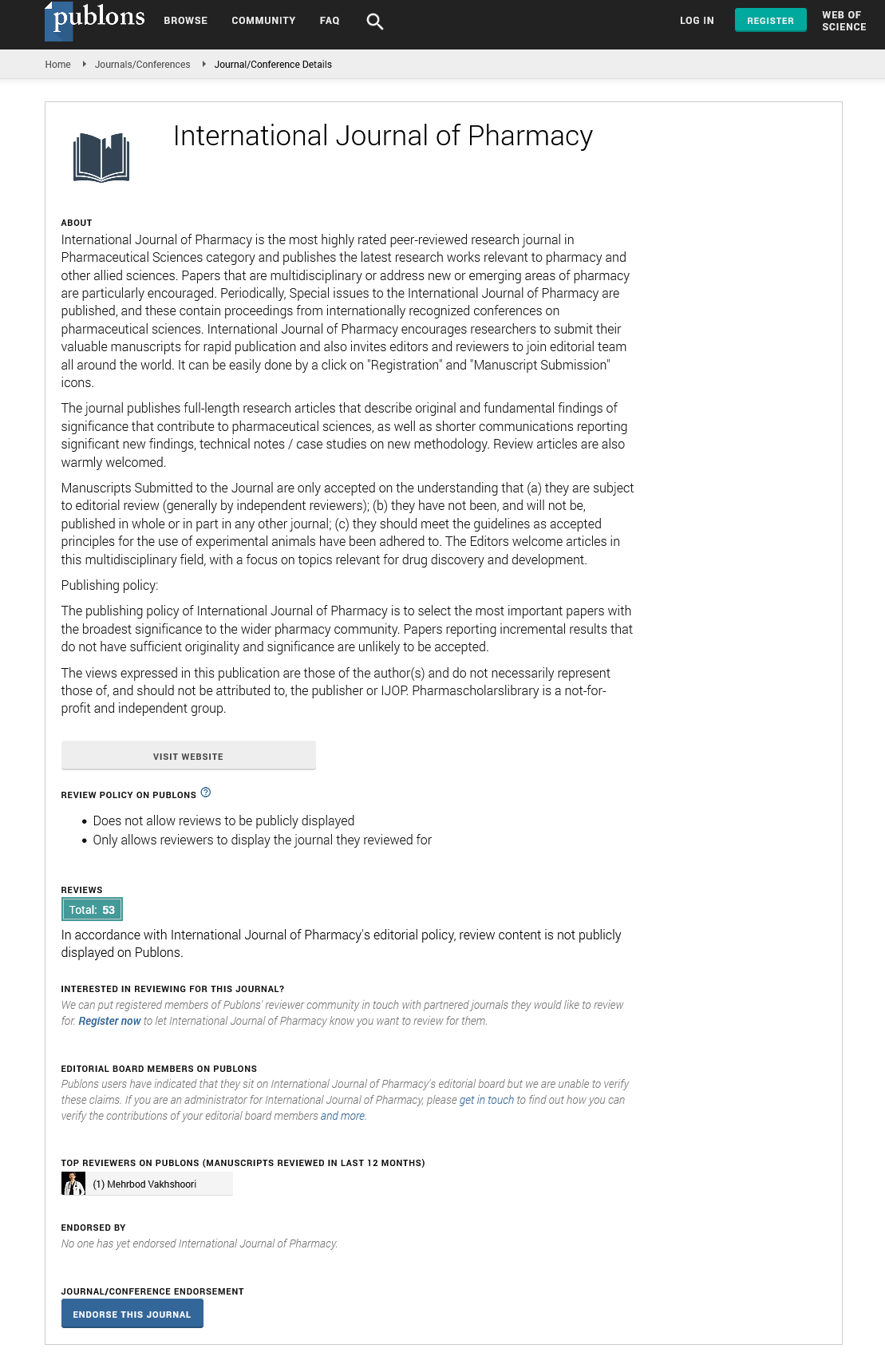Abstract
IN VITRO SUSCEPTIBILITY OF CLINICAL UROPATHOGENS TO LEVOFLOXACIN AT THE GHANA POLICE HOSPITAL
1Daniel Kwame Afriyie, 2Martha Gyansa-Lutterodt, 3George Asare, 1Kwabena Agyekum, 4Edem Wormenor and 5Seth Kwabena Amponsah
Background: Quinolones are among drugs used in the treatment of urinary tract infections (UTIs). However, there has been an increase in quinolone-resistant uropathogens over the last decade. The aim of this study was to assess the sensitivity pattern of isolated uropathogens to levofloxacin. Methods: Urine samples (n = 519) from suspected UTI patients were collected from July 2014 to September 2014. Microorganisms with significant growth were identified after initial culturing at 37⁰C for 24 hours. Susceptibility of isolated uropathogens to levofloxacin at a break point of 5 μg was done by the Kirby-Bauer disc diffusion method. Results: The prevalence of UTI among sampled patients was 18.3%. Predominant microbial isolates were: Escherichia coli (56.8%), Coliform spp. (24.2%) and Staphylococcus aureus (9.5%). Overall resistance of isolated uropathogens to levofloxacin was 51.6%. Levofloxacin resistance by predominant uropathogens was 63% for E. coli, 34.8% for Coliform spp. and 22.2% for S. aureus. Conclusions: High resistance of some isolated uropathogens to levofloxacin, especially with E. coli was observed in this study. Thus, the need for coordinated susceptibility monitoring of clinical isolates to levofloxacin.
Manuscript Submission
Submit your manuscript at Online Submission System
Google scholar citation report
Citations : 1101
International Journal of Pharmacy received 1101 citations as per google scholar report
International Journal of Pharmacy peer review process verified at publons
Indexed In
- CAS Source Index (CASSI)
- HINARI
- Index Copernicus
- Google Scholar
- The Global Impact Factor (GIF)
- Polish Scholarly Bibliography (PBN)
- Cosmos IF
- Open Academic Journals Index (OAJI)
- Directory of Research Journal Indexing (DRJI)
- EBSCO A-Z
- OCLC- WorldCat
- MIAR
- International committee of medical journals editors (ICMJE)
- Scientific Indexing Services (SIS)
- Scientific Journal Impact Factor (SJIF)
- Euro Pub
- Eurasian Scientific Journal Index
- Root indexing
- International Institute of Organized Research
- InfoBase Index
- International Innovative Journal Impact Factor
- J-Gate

